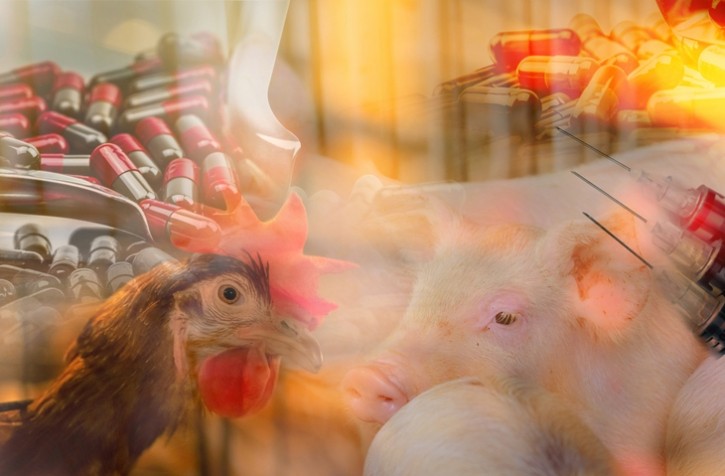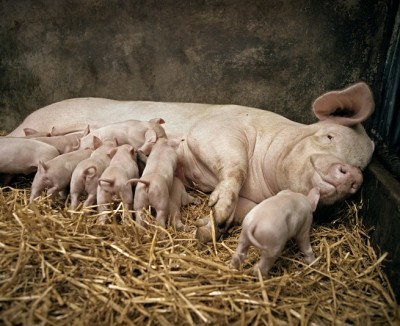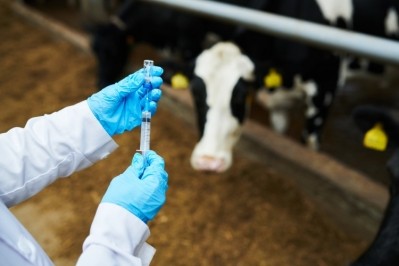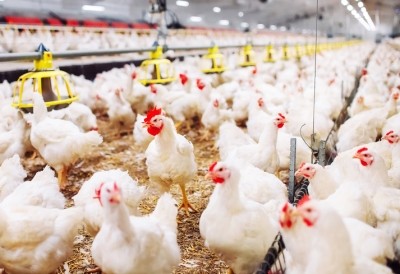Progress made in tackling AMR on EU farms but study shows reduction alone is insufficient

A joint report on AMR in zoonotic and indicator bacteria from humans, animals, and food issued this week by the European Food Safety Authority (EFSA) and the European Centre for Disease Prevention and Control (ECDC) shows there has been an increase in the proportion of E. coli isolates from farm animals that exhibit ‘complete susceptibility ’ or ‘zero resistance’ to key antimicrobials.
That finding, alongside a decrease in the prevalence of E. coli isolates that produce enzymes that can make some antibiotics ineffective demonstrates progress in reducing antimicrobial resistance (AMR) in E coli from livestock across several EU member states, according to the review.
The results were varied across the EU though. That variation might be linked to historical or current patterns of antimicrobial use; however, it may also highlight differences in husbandry or other practices or strategies designed to help prevent AMR, noted the report, which EFSA and ECDC have compiled every year since 2011.
While positive results have been seen from actions to reduce this global threat, work to reduce selection and spread of AMR must continue all over Europe, stressed Carlos Das Neves, EFSA chief scientist and Mike Catchpole, his counterpart at the ECDC.
Estimates show that every year, AMR causes the death of more than 35,000 people in the EU and the EU/EEA and puts a significant burden on European healthcare systems, with an cost of about €11.7bn per year, according to the Organisation for Economic Co-operation and Development (OECD).
Reliable consumption data
Emer Cooke, who heads up the European Medicines Agency (EMA), when commenting on the findings of a separate multi-agency report, published last week, outlined how access to reliable data on consumption and resistance in people and animals makes a real difference in the fight against AMR.
“Through joint projects like JIACRA, European countries get invaluable insights on the impact of measures they take. This enables them to take further action to promote the prudent use of antibiotics.”
Bernhard Url, EFSA's executive director, reacting to the same report, maintained that using fewer antibiotics in livestock production pays off: "In most countries that reduced antibiotic use, we observed a corresponding decrease in resistance levels. This means that national efforts work."
'Reduction alone is insufficent'
However, a study led by the University of Oxford and published in 2023 revealed that reducing antibiotic usage in animal feed alone is insufficient to combat antimicrobial resistance (AMR).
Despite a 90% reduction in colistin consumption, a last-line antibiotic, following a ban by the Chinese government, rates of AMR did not decline as expected.
Researchers at the University of Oxford explored this discrepancy by focusing on the regulatory region of DNA that controls the expression of the mcr-1 gene.
They found that this region shows high levels of variation, and that certain variants were able to offset the fitness costs of the mcr-1 gene. By ‘fine tuning’ mcr-1 expression to a lower level, these variants enabled the bacteria to achieve high growth rates while simultaneously increasing colistin resistance.
The team then analysed DNA sequence data from E.coli carrying mcr-1 from before and after the colistin ban. This revealed that the regulatory mutations that increased fitness in the lab had remained stable in E.coli populations from farms, and had hardly declined in response to the ban.
Lead researcher, Craig MacLean, professor of evolution and microbiology at the University of Oxford, said: "Our results provide strong evidence that the evolution of the mcr-1 gene has helped to stabilize colistin resistance in agricultural settings, even though colistin use in agriculture has declined by 90%. This finding is of major importance for all future interventions targeting the reduction of antibiotic usage, demonstrating the need to consider the evolution and transmission of resistance genes to introduce viable strategies to reduce resistance."
Professor Tim Walsh, director of biology at the Ineos Oxford Institute, and co-author on the paper, said that is not enough to reduce antibiotic consumption in order to effectively combat antibiotic resistance. "We need urgent and innovative approaches to combat antibiotic resistance, and new strategies to protect our last-resort antibiotics for when we need them most."


















